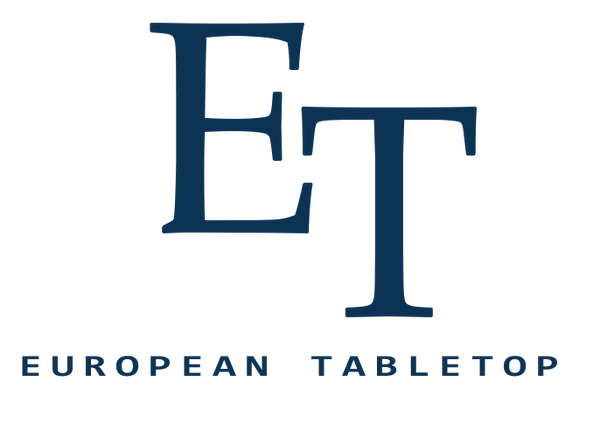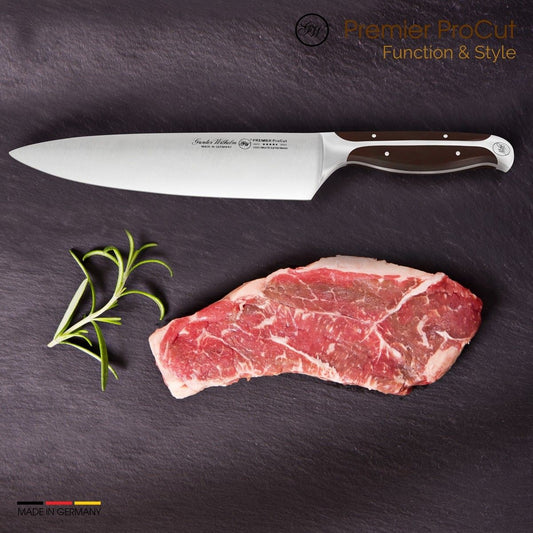Hyper-Personalized Nutrition: How Data-Driven Menus Will Know You Better Than Your Waiter
The next evolution of dining is here: menus that adapt to your body, lifestyle, and taste in real time. Driven by AI, biometrics, and big data, hyper-personalized nutrition promises to transform the way we order, eat, and experience food.

From Menus to Algorithms
For decades, menus have been static — curated by chefs, updated seasonally, and printed on paper. But the rise of data-driven dining is turning menus into living, adaptive platforms. Powered by AI, restaurants can now adjust recommendations based not only on allergies and preferences, but also on your health data, recent habits, and even mood.
How It Actually Works
Imagine syncing your fitness tracker or nutrition app when you arrive at a restaurant. The AI platform instantly processes your biometric markers, food log, and wellness targets. What appears on your tablet or digital menu is no longer a generic list of entrées, but a tailored selection:
- Low-sugar desserts if your glucose levels are trending high.
- Iron-rich mains if your recent health data shows a deficiency.
- Recovery-focused meals after a strenuous workout.
- Wine pairings adjusted for personal flavor preferences and even hydration levels.
The Benefits of Hyper-Personalization
For diners, the experience is one of precision and indulgence — enjoying meals that both satisfy cravings and support personal goals. For restaurants, data-driven menus create higher loyalty and guest trust. When customers feel “seen,” they return.
On a broader scale, this shift could help combat public health issues. Widespread adoption of personalized dining might reduce sugar intake, support weight management, and help guests discover ingredients that naturally suit their body chemistry.
Pioneers & Early Experiments
Some trailblazers are already testing the concept:
NutriSense Kitchen, LA: integrates continuous glucose monitoring (CGM) to redesign dishes mid-service. If your blood sugar spikes, dessert recipes adjust automatically.
Singularity Café, London: tracks diner preferences over time and applies AI to anticipate cravings — even suggesting meals before guests voice them.
Smart Izakaya, Tokyo: offers cocktail pairings based on stress levels, measured through a guest’s smartwatch data.
The Ethical & Practical Hurdles
Of course, data-driven dining raises questions. Who owns the health data? How much should guests trust algorithms with intimate health markers? Can smaller restaurants afford the infrastructure? And crucially — will some diners see this level of personalization as invasive rather than luxurious?
The Future on Your Plate
By 2030, many experts predict menus will function like nutrition coaches, blending gastronomy with wellness science. Dining out may no longer mean compromising health goals for pleasure. Instead, every dish could strike a balance between indulgence and intention.
In the near future, you won’t just choose from the menu — the menu will choose for you.
Share:





